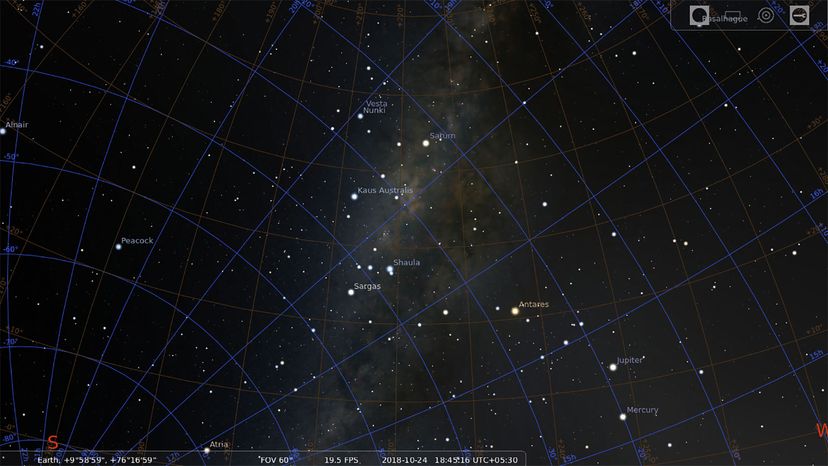
There's nothing quite like seeing the expanse of the Milky Way stretching across the sky, or spotting one of those many cool recent comets or planetary conjunctions. Add in a telescope and you can truly unlock some incredible wonders in the night sky. However, most of us live in light polluted areas, and it's hard to really get to know what you're seeing among the stars on any given night.
That's where astronomy software comes in. Astronomy software helps you learn more about the night sky without needing to find a dark place or worry about cloudy skies. There are a number of options available, though most astronomers — both amateur and professional — tend toward one: Stellarium.
Advertisement
Whether you choose to learn how to use Stellarium or another astronomy software, you'll soon discover that what we can see with our eyes and telescopes from earth barely scratches the surface of our astronomy understanding. Be prepared to end up even more interested in stargazing after mastering astronomy software.